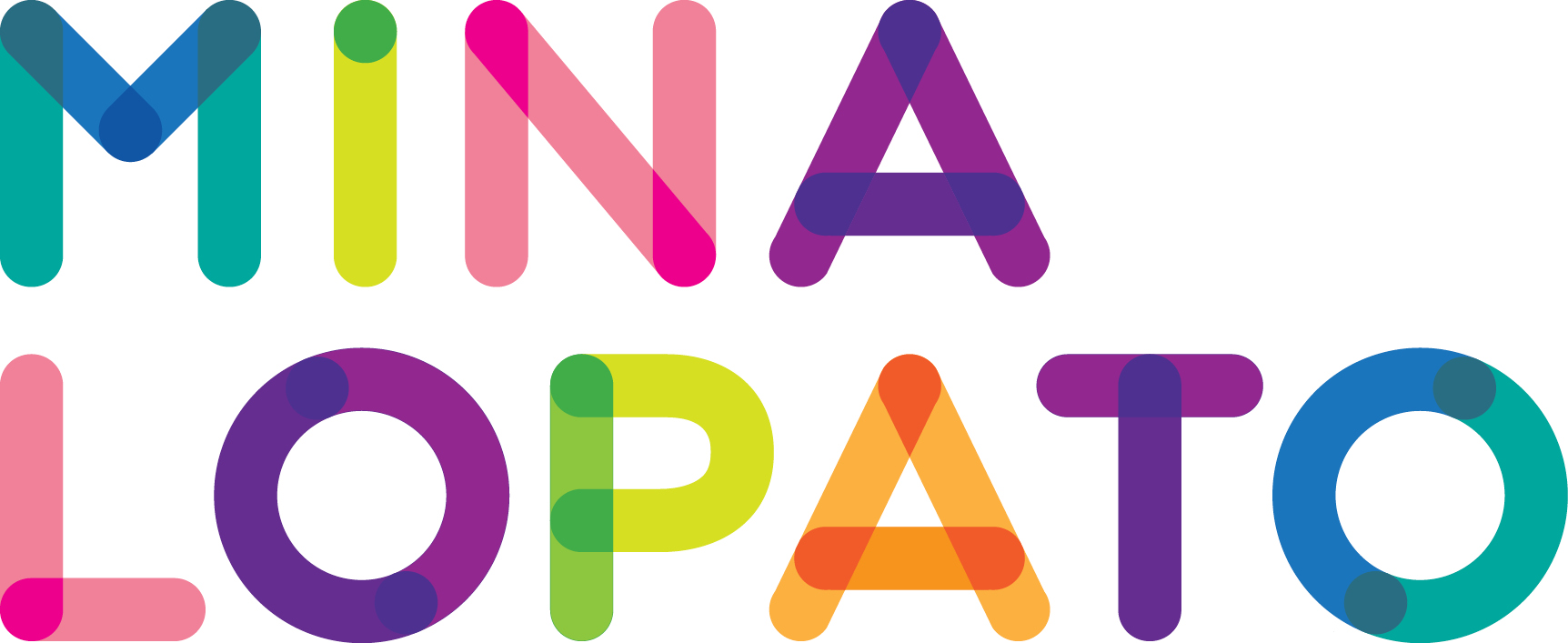Looking devastation squarely in the eye
A family who left Mina last year to go to another school tragically lost their son in a drowning accident recently. When parents of the class in which Campbell was a part heard, they immediately kicked into action organising a gift to help the family on a practical level. The mom of this beautiful child said she couldn't believe the love and care she received from Mina parents even though they were no longer part of the school. Terri, the mom who was organising this gift told her, "once part of the Mina family, always part of the Mina family!"
In this truth I am sharing an article (shortened) about hope and unity written by a Mina alumni Adina Roth. Adina is a clinical psychologist in private practice and a teacher of Jewish Studies.
Looking devastation squarely in the eye - By Adina Roth
“How can we be brave enough not to look away?” These were the words that writer and thought leader Beth Amato asked on Facebook after yet another tragic loss was announced in the midst of this savage third wave.
With all the suffering, the growing despair, the loss of so much life, and the poverty, she was asking about our courage to bear it all, to “see” what’s happening. At times, the immense losses and despair feel like too much. And yet, as humans, how dare we turn away from the horror we see unfolding?
In the fifth chapter of Tractate Gittin in the Babylonian Talmud, we find a number of aggadata (stories) which recount the destruction of Jerusalem, Betar, and the Temple. Indeed, the rabbis wrote searing accounts of that time. They had the courage “not to look away”. Yet, the stories aren’t only about the rivers that run red with the blood of the Jewish people, the devastation is also described in terms of the loss of daily rites of passage, the blows dealt to communal life.
If the Ninth of Av is linked in our minds to the destruction of the Temple, here we read that it’s also about desecration of the precious traditions that enriched the daily lives of the Jewish people.
It’s hard to quantify loss in a pandemic. On one level, if we are alive and healthy, we might whisper dayeinu, and thank G-d for our fundamental existence. Yet, as these stories teach us, life is made up of more than mere survival.
During this pandemic, we have been robbed of the experience of living on all levels: weddings and B’neimitzvah are postponed, a simple birthday which a child anticipates all year around is celebrated on Zoom, we are denied our usual rites to comfort the mourner, and our Jewish holidays are celebrated alone.
As with these aggadata, we can affirm that the loss of a school play, or a long-anticipated birthday party are part of this suffering and part of this story.
Wherever we are, we have the capacity for consciousness and connection. I like to imagine that as the rabbis recounted stories they were “seeing” the devastation of this time with unflinching courage. And at this moment, they recalled that as humans, we can seek meaning, as humans we have each other. Even now, all isn’t lost.
What these stories seem to teach is that the courage to look suffering in the eye is the very place from which hope can emerge. In mourning our losses and crying our sense that the world we once knew is gone, we begin the process of dreaming and re-building. Richard Tarnas writes that hope isn’t a flimsy rainbow-in-the-sky experience. Rather, hope is a spiritual discipline.
What’s more, when we engage in the spiritual practice of hope, we’re no longer victims to the whims of history. Hope allows us to become participatory actors in the unfolding of reality. The Jewish people have always embodied hope as a spiritual practice. We look at suffering on Tisha B’Av squarely in the eye, and from that place, we remember Torah study and relationships, we remember who we were, are, and who we can become.
We will come out of this wave, and this time, as the Jewish people and humanity, we will pray and dance together, we will learn and we will befriend. Nachamu, nachamu, ami (Take comfort, oh my people).
“Our unity is our strength & diversity is our power”
